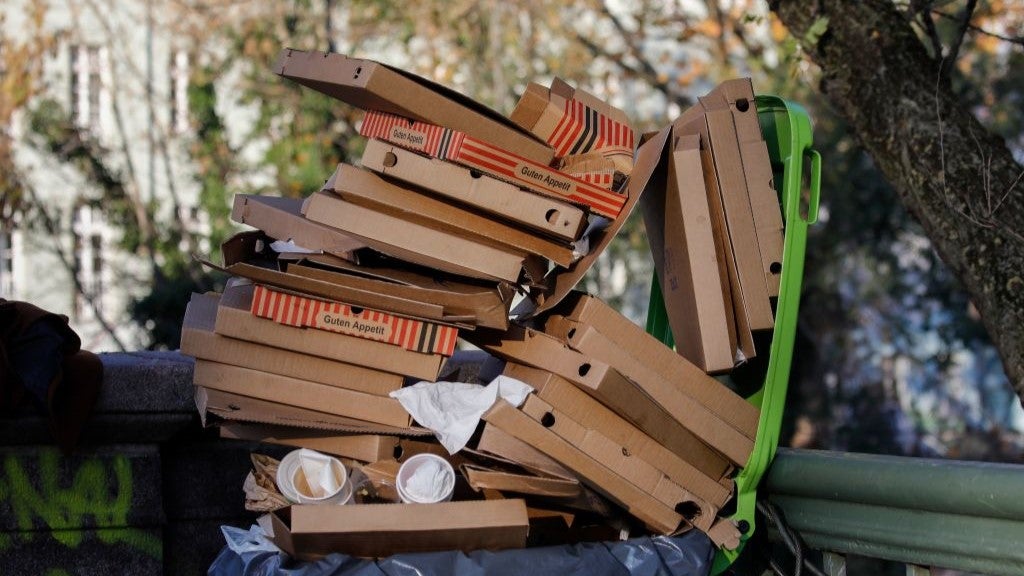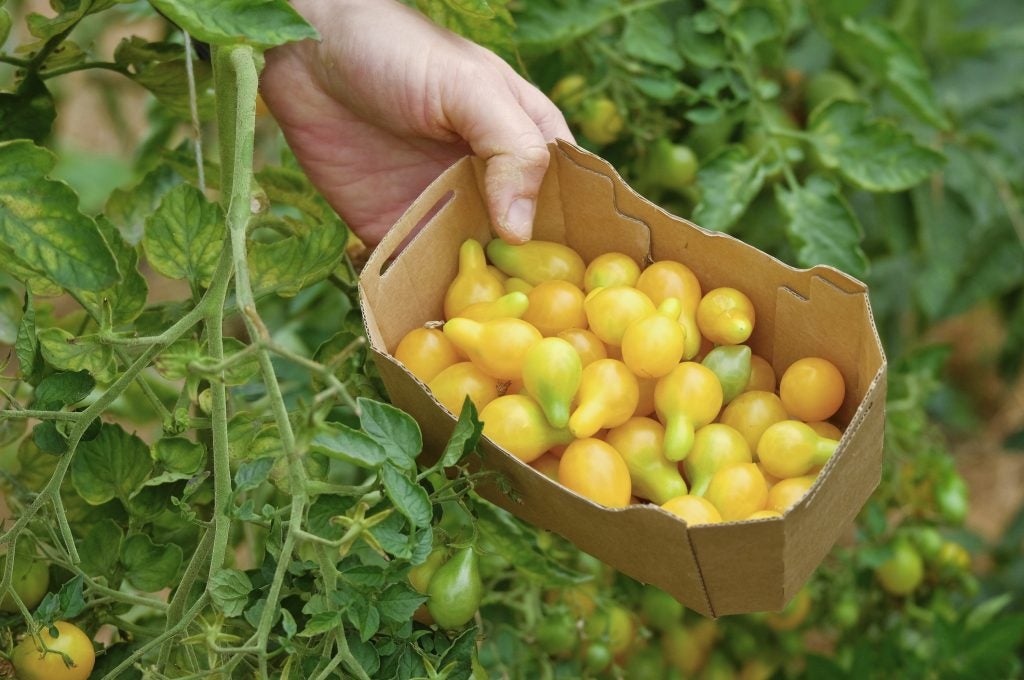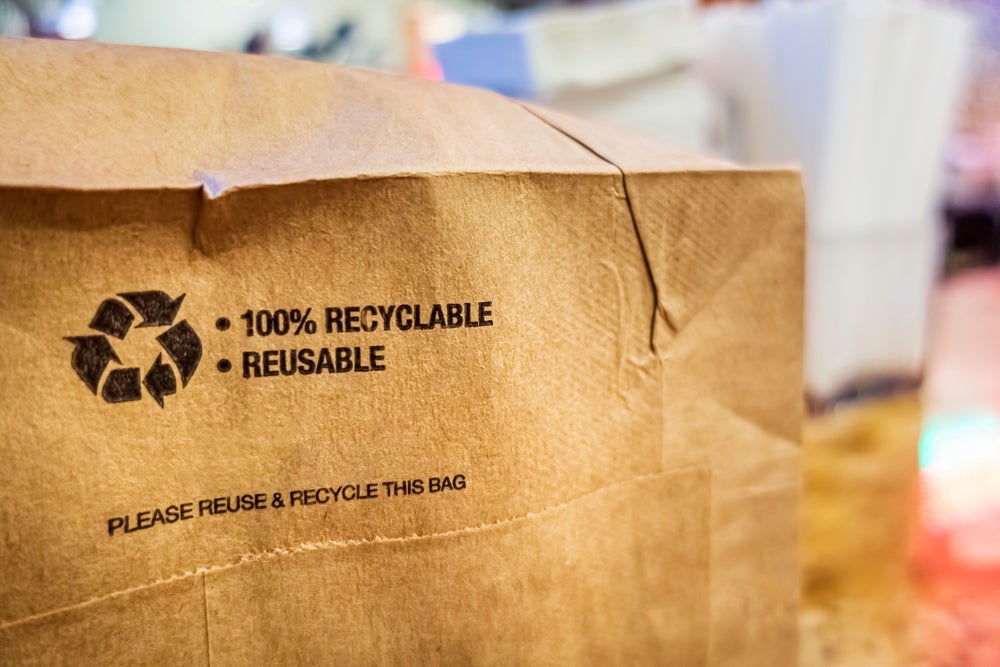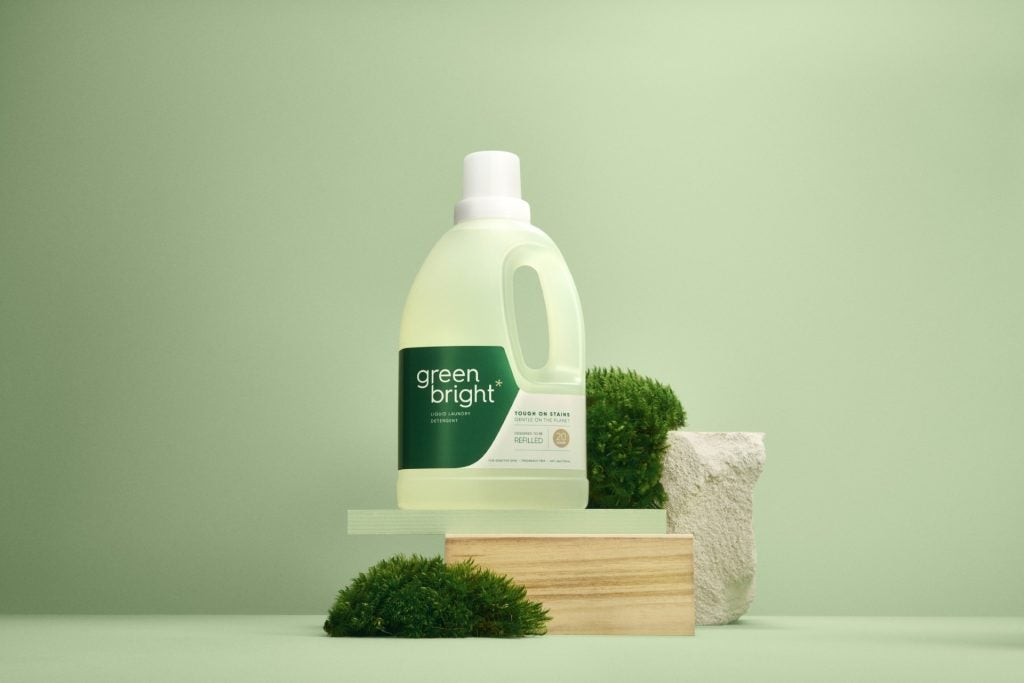Pressure to find alternatives to perfluoroalkyl and polyfluoroalkyl substances (PFAS) is growing, as evidence increasingly suggests a relationship between the chemicals and a myriad of medical problems.
The chemicals were first introduced in the 1950s and are now found in a variety of products. They are commonly used in packaging or cookware to prevent food from sticking, but can also be found in stain-resistant materials such as clothes and carpets.
Concern around the chemicals has grown following studies relating them to various cancers, as well as altered metabolisms, reproductive issues and suppressed immune responses. The impact is widespread, with the National Health and Nutrition Examination Survey (NHANES) finding PFAS in the blood of 97% of Americans.
Several companies have already begun to move away from PFAS, opening up a new market for alternatives. Starbucks, McDonald's, Burger King, Popeyes and Tim Hortons are just a few of the brands that have committed to eliminating PFAS from their food packaging, receiving positive responses on social media.
🔥New #MindTheStore victory! @burgerking @popeyes @timhortons agree to ban #PFAS "forever chemicals" from their food packaging—joining 7 states & many other companies. https://t.co/kNA2mNrsp3
— Toxic-Free Future (@ToxFreeFuture) March 24, 2022
Congress? Your turn! #BanPFAS in all packaging. Take Action: https://t.co/Lm1SU7rqjZ pic.twitter.com/7mbI4mxRlU
Alongside the new demand, regulatory pressures are also pushing the packaging industry to develop alternatives to PFAS. The Food and Drug Administration (FDA) revoked authorisation for long-chain PFAS in 2016 amongst health fears. Meanwhile, the National Institute for Public Health and the Environment in the Netherlands (RVIM) have reported that they are working with other EU countries to ban PFAS.
In a statement regarding fears around PFAS, the RVIM said: “Denmark, Germany, the Netherlands, Norway and Sweden have been working together to draft a proposal for a European PFAS ban since 2019. Many PFAS barely degrade in the environment or do not degrade at all. PFAS are known to have potentially harmful effects on human health. They can also be harmful to nature.”
However, developing alternatives to PFAS has proved complicated, as the market requires replacements that are able to effectively repel grease and moisture.
Companies innovating in the market include Nordic Paper, which has been producing an uncoated greaseproof paper, and J&J Green Paper, which has worked on Janus, an alternative chemical coating. Meanwhile, Ahlstrom has developed replacement papers made from natural and blended fibres. Insights collected by GlobalData reveal an increase in patent filings by Ahlstrom as the company enters the market.
GlobalData findings have also revealed growing innovation around health and wellness in the packaging industry more generally, reflecting concerns.
As the alternatives are developed, scale, availability and affordability will represent the challenges driving the market. In a 2021 report, the Washington Department of Ecology said that “food packaging alternatives that are less hazardous and have a lower exposure risk than PFAS-based food packaging options. However, for some of these alternatives, Ecology is unable to demonstrate the less hazardous alternative is also readily available in sufficient quantity, is comparable in cost, and/or has equivalent performance to the PFAS options.”
Our signals coverage is powered by GlobalData’s Thematic Engine, which tags millions of data items across six alternative datasets — patents, jobs, deals, company filings, social media mentions and news — to themes, sectors and companies. These signals enhance our predictive capabilities, helping us to identify the most disruptive threats across each of the sectors we cover and the companies best placed to succeed.















